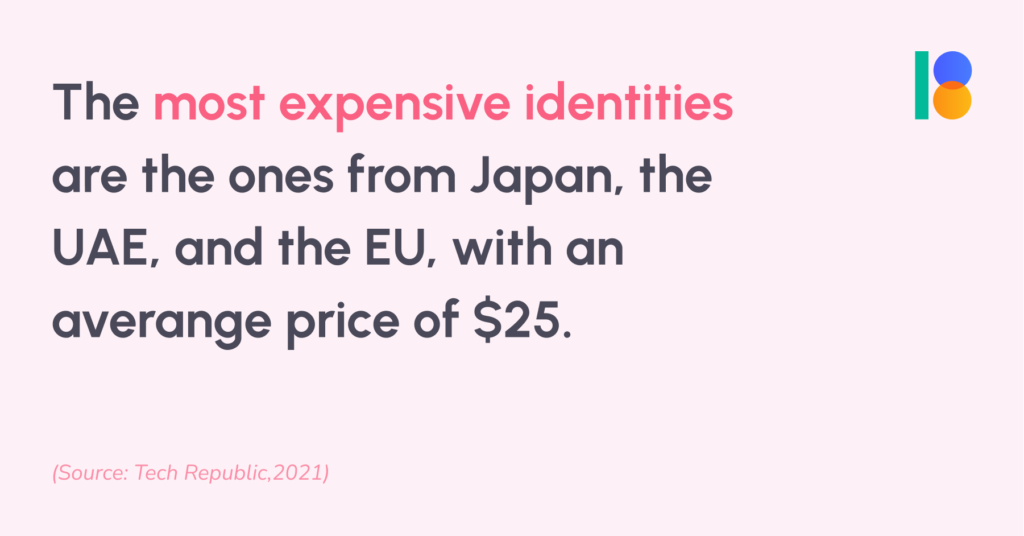Proving identity, your day to day activity
In the physical world, proving who we are is part of our life and routine. We never forget to have our ID card with us, in case we go to the bank, visit a doctor, get stopped by the police, buy cigarettes or check in at a hotel. All we need to prove who we are is our physical presence together with an ID card.
In the digital world, things get a bit more complicated. Our physical presence can’t be used when you’re on the other side of a screen.
However, you use your digital identity multiple times a day. You use it when you login into accounts (social media, mail, services, etc. ), order food and cabs, or when you use your banking app.
Organizations ask you: “who you are?” and “Is it really you?”.
The answers to these questions are your username and password.
Sometimes other ways to prove your identity are used complementary (security questions, one-time passwords, and fingerprints/face id).
There’s no doubt that identity is at the base of every digital activity. To have a strong digital relationship, we need to have maximum trust in the security of our accounts and information.
In order to understand better this topic, you should know the following.
What is digital identity and why is important?

Your digital identity is all the information that exists about you in the digital environment.
It’s grouped into two categories:
- Your attributes (full name, date of birth, social security number, bank details, email address, login credentials, tokens, and biometric data)
- Your activity (social media activity, purchase history, search history, geolocation, cell phone usage).
This information is used alone or combined in order to identify who you are.
You most likely encountered the message “We don’t recognize this device” when you log-in to an account using a new computer or phone. The message appears because the website doesn’t recognize the background information that was attached to your digital fingerprint.
A digital fingerprint is a method used to identify a user by matching his login credentials with technical details of his most used device (such as screen resolution, time zone, OS information, regular user behavior, and additional details that are unique to that user). This information is analyzed when a user attempts to log in to validate if it’s the real person of a fraudster.
On one side, digital identity allows you to access your accounts, helps you create new accounts, and generally offers you the trust to interact with people and organizations. On the other side, all the information that exists about you online makes you vulnerable to theft and fraud.
What happens with you digital identity if stolen?
Identity theft and identity fraud are growing issues costing businesses $48 billion each year.
Usually, identity theft starts with an infection. Connecting to unprotected Wi-Fi networks, unsecured websites, clicking the wrong links, or downloading uncertified programs are ways your device gets infected and your information is exposed to bad intentioned people.
Once illegally obtained, the information is used directly against you, or it’s sold on the dark web.


The dark web is a “vibrant market” for identity information where fraudsters sell bank details, credit card details, medical records, social security numbers, passwords, usernames, passport scans, and many more personal data.
Digital identities are sold on shops like Richlogs and Genesis, which give a high level of intrusion into someone’s personal life, offering bad actors endless opportunities to commit fraud.


We function in a digital world and finding a secure way to identify ourselves is imperative.
The online ecosystem is built on trust, customers trust organizations to protect their data, and organizations trust the identity of the people they are interacting with.
But is trust truly present in all our interactions?
Take care, stay informed!
Your friends at Biometrid



